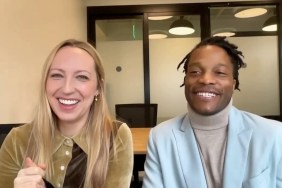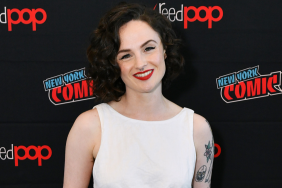Apple TV+ released its Stephen King series adaptation Lisey’s Story on June 4. ComingSoon’s Jeff Ames got the chance to talk with the series’ composer Clark (aka Chris Clark), who discussed everything from his views on classical music and his ventures into the world of sound design. You can check out ComingSoon’s interview with the composer below!

This is just an article test. #1








